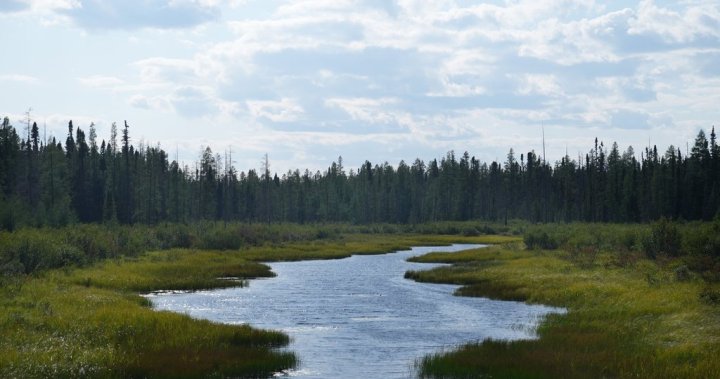The mounting tensions between First Nations leaders and Ontario’s provincial government reached a critical point yesterday when Chiefs from across the province united in calling for Environment Minister Andrea Khanjin’s immediate resignation. Standing together at Queen’s Park, representatives from multiple First Nations communities accused the minister of consistently failing to honor Indigenous consultation rights on major environmental decisions.
“This isn’t just about one project or one decision – it’s about a systematic disregard for our treaty rights and our role as stewards of these lands,” explained Chief Emily Wabano of Matachewan First Nation during the press conference. Her sentiment echoed throughout the gathering as leaders detailed what they described as a troubling pattern of exclusion.
At the heart of the conflict lies the controversial amendments to environmental assessment processes, which First Nations leaders argue effectively sidestep meaningful Indigenous consultation. The changes, implemented earlier this year, have accelerated approval timelines for several resource development projects across Northern Ontario.
Chief William Sutherland from Fort Albany First Nation pointed to specific instances where traditional ecological knowledge was seemingly dismissed in favor of expedited development. “Our people have lived in relationship with these lands for thousands of years. When we raise concerns about water quality or wildlife migration patterns, these aren’t just opinions – this is generational knowledge that deserves respect and consideration.”
The Ministry of Environment, Conservation and Parks issued a brief statement following the press conference, defending its consultation record and emphasizing that “the government remains committed to working collaboratively with Indigenous communities while balancing economic development needs across the province.”
However, this response has done little to satisfy First Nations leaders who point to the United Nations Declaration on the Rights of Indigenous Peoples and Canada’s constitutional obligation for meaningful consultation.
I’ve covered environmental policy conflicts for nearly a decade, and what strikes me about this particular standoff is the unprecedented unity among typically diverse First Nations communities. Chiefs representing both treaty and non-treaty territories stood shoulder-to-shoulder – a powerful visual testament to how deeply these concerns run.
The timing of this confrontation is particularly noteworthy, coming just weeks before the province plans to announce its revised long-term resource management strategy. Sources close to these discussions tell me the strategy will likely include significant expansions to mining and forestry operations in areas with competing Indigenous land claims.
Environmental law expert Professor Sandra McKenzie from Toronto Metropolitan University explains that the conflict represents more than procedural disagreements. “What we’re witnessing is a fundamental clash between different understandings of environmental stewardship and decision-making authority,” she noted in our conversation after the press conference.
The coalition of First Nations has given the provincial government until the end of the month to address their concerns before they pursue additional measures, including possible legal challenges and direct actions at proposed development sites.
Public support for the First Nations’ position appears substantial. A recent Ontario Environmental Alliance poll found that 68% of provincial residents believe Indigenous communities should have greater authority in environmental decisions affecting their traditional territories.
Premier Ford’s office has remained notably silent on the specific demand for Minister Khanjin’s resignation, though government sources suggest that a high-level meeting between provincial officials and First Nations leadership is being arranged for next week.
As Toronto’s financial district prepares for several resource companies to release quarterly reports in the coming days, investors are watching this unfolding situation carefully. Market analysts have already noted increased volatility in shares of companies with significant development interests in areas affected by these disputes.
For everyday Ontarians, this conflict represents more than distant political theater. The outcomes will likely influence everything from future resource development to environmental protection standards that affect water quality, forest conservation, and climate adaptation strategies across the province.
Walking through Allan Gardens after the press conference, I couldn’t help but reflect on how these provincial-level tensions echo similar struggles playing out across Canada – each representing a complex reconciliation between Indigenous rights, environmental protection, and economic aspirations.
The days ahead will reveal whether this moment marks a turning point in Ontario’s approach to Indigenous environmental partnerships or deepens divisions that have complicated resource governance for generations.







